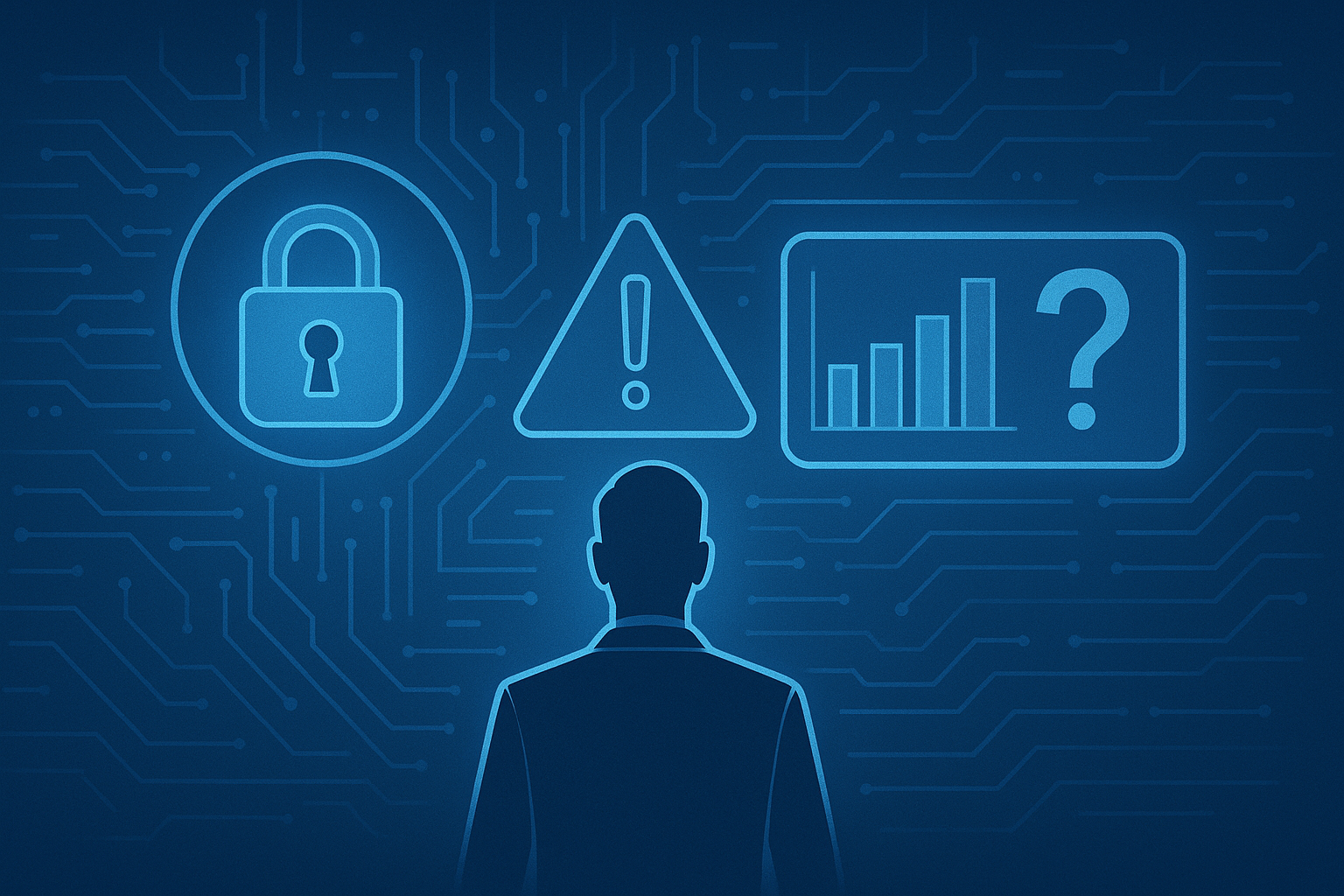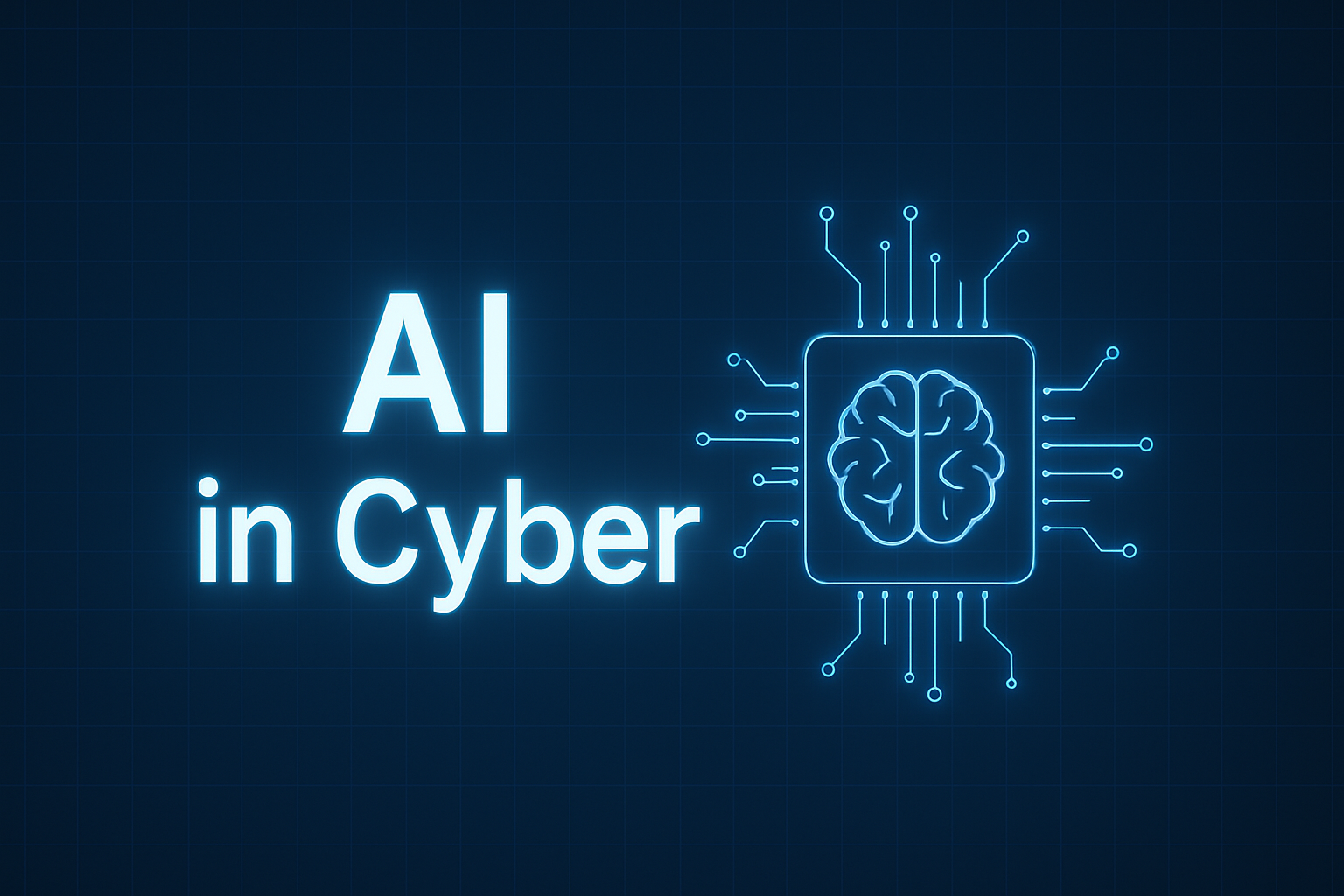Cyber risk has become increasingly pervasive in almost every industry. From the new SEC cyber regulations to industry standards like the NIST CSF and HIPAA, regulatory bodies are rolling out rules for companies in all verticals to bolster cybersecurity. Cyber risk management is a core part of day-to-day business and is a determining factor in an organization's success or failure.
Security and risk teams must first identify which assets are most vulnerable by conducting a cybersecurity risk assessment to understand what risks exist and how to manage them. By regularly conducting risk assessments for cybersecurity, security professionals better understand what threats exist and what needs to be prioritized to decide a course of action for mitigating these risks.
What are the Different Approaches for Cyber Security Risk Assessments?
Cyber risk assessments are the base layer of your cybersecurity program. Several organizations provide methodologies and outlines for guiding the cyber risk assessment process. Professionals should select their approach based on the maturity of their cyber program, company size, industry, and regulations they must comply with.
Cybersecurity Risk Assessment Examples
Many frameworks offer guidance, but the two most common are the NIST Cybersecurity Framework (CSF) and ISO/IEC 27001. The NIST CSF is organized into five main functions that help organizations scale and mature their operations to monitor and mitigate risk successfully. ISO 27001 is an internationally recognized standard that outlines best practices for establishing, implementing, maintaining, and continually improving an Information Security Management System (ISMS). It includes risk assessments as a crucial component for identifying and effectively treating information security risks.
Security and risk professionals can add an additional dimension to assessment information using quantifiable cyber risk analysis models, like the FAIR model. Quantifiable risk models can assign financial value based on the results of an assessment. Considering the potential magnitude and frequency of risk, the Factor Analysis of Information Risk (FAIR) framework can give a dollar value to each potential risk. By generalizing risk into financial terms, security professionals can communicate the impact of cyber to business-side leaders and Board members.
Quantitative cyber risk assessments help professionals prioritize risk mitigation activities based on the risk's magnitude and potential financial impact. This sense of order helps business-side leaders understand the return on security investment (RoSI) and security operations.
In addition to framework-based cyber risk assessment and cyber risk analysis, security teams should regularly conduct vulnerability assessments, threat intelligence analysis, and penetration testing. These processes help round out an overall cyber risk management program assessment. The security team should know the most critical cybersecurity threats, the strength of their cyber defense, and the developing trends around different threat tactics.
Now that we’ve reviewed the different analyses that need to be conducted for cyber risk assessments let’s walk through a step-by-step process for identifying, analyzing, and addressing cyber risks.
How to Conduct a Cybersecurity Risk Assessment
- Identify and Prioritize Assets: Identify all critical assets, including hardware, software, data, and intellectual property. Categorize them based on their importance and value to the organization to prioritize risk assessment efforts. Security professionals can only know what to protect if they know what assets currently exist.
- Threat Modeling: Use threat modeling techniques to identify potential threats and attack vectors that could target the identified assets. Understand the tactics, techniques, and procedures (TTPs) commonly employed by threat actors.
- Vulnerability Assessment: Perform vulnerability scans and assessments to identify system, application, and network weaknesses and security gaps. Patch or mitigate these vulnerabilities to reduce the likelihood of successful attacks.
- Historical Incident Analysis: Review past security incidents and breaches within the organization or similar industries to gain insights into the types of threats faced and the effectiveness of existing security controls. A crucial part of success is learning from mistakes. Do not ignore past mistakes; use them as an opportunity to grow from and implement new measures to correct them.
- Risk Scenarios: Develop cyber risk scenarios that describe specific cyber threats and their potential impact on critical assets. Analyze the likelihood and possible consequences of these scenarios. The following are examples of risk scenarios and the analyses that should be conducted.
- Example Scenario 1: Phishing Attack
- Threat: A threat actor sends convincing phishing emails to employees, attempting to steal login credentials.
- Attack Vector: The attacker crafts emails that appear to come from a trusted source, such as the company's HR department, requesting employees to update their account details through a malicious link.
- Potential Impact: Several employees fall victim to the phishing attack, and their login credentials are compromised.
- Consequences: Attackers gain unauthorized access to critical systems and sensitive data, leading to potential data breaches, financial loss, and reputational damage.
- Example Scenario 2: Ransomware Attack
- Threat: A cybercriminal distributes ransomware through a malicious email attachment or compromised website.
- Attack Vector: An employee unknowingly opens the infected attachment or visits the compromised website, triggering the ransomware download.
- Potential Impact: The ransomware encrypts critical files and data, rendering them inaccessible.
- Consequences: Downtime and potential ransom payments disrupt business operations, cause data loss, and possibly cause financial losses.
- Consider Real-World Incidents: Refer to past cyber incidents and data breaches in the industry or other organizations to inspire and model some scenarios. This practice can provide insights into common attack vectors and their potential impact.
- Prioritize Scenarios: Evaluate and prioritize the identified cyber risk scenarios based on their potential impact and likelihood. Focus on procedures with high severity and higher chances of occurrence.
- Validate Scenarios: Test the plausibility of the scenarios by discussing them with stakeholders and conducting tabletop exercises or simulations to simulate how the organization would respond to such incidents.
- Document and Review: Record each cyber risk scenario, including the threat details, attack vector, potential impact, and consequences. Review and update the strategies periodically to reflect changes in the threat landscape and business environment.
- Example Scenario 1: Phishing Attack
- Business Impact Analysis (BIA): Conduct a BIA to understand the potential financial, operational, reputational, and legal impacts of cyber incidents on the organization. The BIA can include using the FAIR model, which financializes potential risk impact.
- Data Classification: Classify data based on sensitivity and criticality to help focus cybersecurity efforts on protecting the most valuable information.
- Control Assessment: Evaluate the effectiveness of existing security controls and measures. This practice includes assessing the implementation and configuration of firewalls, intrusion detection systems, access controls, encryption, etc.
- User Awareness and Training: Evaluate the level of cybersecurity awareness among employees and conduct security training sessions to improve the overall security posture. Utilize regular cyber training sessions and newsletters to ensure employees are educated on current threats, tactics, and security measures.
- External Threat Intelligence: Utilize external threat intelligence sources to stay informed about emerging threats and vulnerabilities relevant to the organization.
- Regulatory Compliance: Ensure compliance with relevant cybersecurity regulations and standards, such as GDPR, HIPAA, PCI DSS, etc., as non-compliance can lead to significant risks.
- Quantitative and Qualitative Analysis: Combine qualitative analysis (based on expert judgment and experience) with quantitative analysis (using metrics and data) to assess and prioritize risks more effectively. Security teams can use models like FAIR for quantitative analysis and NIST 800-30 for qualitative research.
- Continuous Monitoring: Establish real-time mechanisms to detect and respond to evolving cyber threats. Gartner has recognized Continuous Control Monitoring (CCM) as a crucial part of cyber risk management. Learn what Gartner says about CyberSaint and CyberSaint’s unique approach to CCM with continuous control automation (CCA).
- Third-Party Assessments: Engage external security experts or firms to conduct independent assessments to gain an objective view of the organization's security posture.
- Regular Updates: Perform periodic risk assessments to adapt to changing business environments, new threats, and technological advancements.
Transform How You Assess Cyber Security Risk Assessments
By employing the abovementioned tactics, security teams can conduct a comprehensive cyber risk assessment, enabling them to make informed decisions about risk treatment and mitigation strategies. Remember, your security team must perform cyber risk assessments regularly to understand the risk posture clearly and accurately. Security and business leaders can confidently make business decisions based on accurate insights, which cannot be done with dated security information.
Performing cybersecurity risk assessments must be a cornerstone of your cyber risk management plan. Learn more about CyberSaint’s automated cyber risk assessment and management approach in a demo.





.png)
.png)
.png)
%201.png)
.png)



